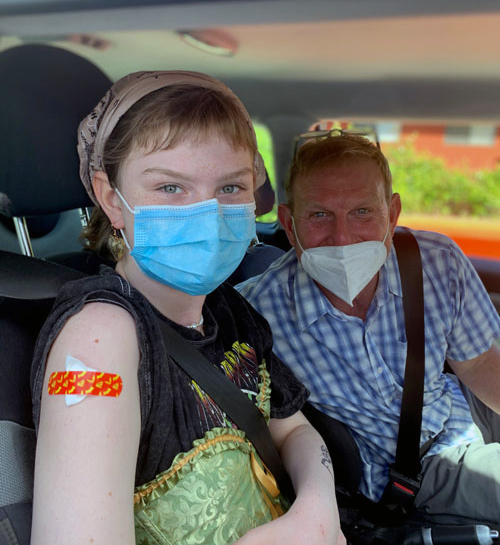Why me? I’ve been active my whole life!
You recently had your DXA scan and your provider messaged you to tell you, you have osteoporosis, which means you have less than normal bone density, increasing your fracture risk. Likely they will then encourage you to do weight-bearing exercise and may even encourage you to go to physical therapy for additional training on a home exercise program. However, you love walking. You usually walk for an hour every day. So what else can you do to help your bone density beyond medication?
Bone is a living organ and many factors impact the delicate balance of bone growth and bone loss. There are things we cannot control, such as our genetics. However, lifestyle changes can make an impact. If you’re already an avid exerciser, consider things like stress management, sleep, nutrition, and body alignment.
Finding ways to manage life stressors can greatly improve how our bodies function, including maintaining healthy bone density. Chronic stress releases cortisol which in excessive amounts can cause reduced bone density. Poor sleep quality can cause excess cortisol in the bloodstream. Maybe, you have been waking up earlier than you’d like the past few years (a normal consequence of aging), but haven’t shifted your bedtime forward and thus have a chronic sleep debt. Or now you’re waking up two or more times a night to use the bathroom, creating interrupted sleep.
Food helps us maintain healthy body weight and get nutrients our body doesn’t create on its own. If you have osteoporosis it’s recommended to be within the normal body mass index range instead of being very lean or underweight. In general, a diverse array of foods including healthy fats and calcium-rich food is very important.
Body alignment plays a significant role as well. Physical therapy can train you to assume neutral spinal alignment to optimize the positive effects of your activity. Chronic pain is not normal and may be due to altered alignment or poor body mechanics.
Treatment is not one size fits all. Your medical team including your primary care provider and other specialists, including physical therapy, can create a treatment plan individualized for you. Addressing stress, sleep, nutrition, or body alignment may be just the thing to help you build bone in key spots to reduce your fracture risk as you age.





